Search
Remove Ads
Advertisement
Summary 
Loading AI-generated summary based on World History Encyclopedia articles ...
Search Results
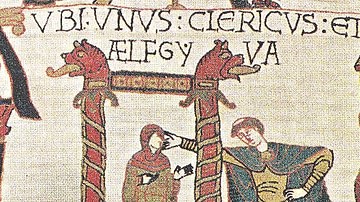
Definition
Aelfgifu of Northampton
Aelfgifu of Northampton (fl. 1013-1037) was an English noble who married the English and Danish king Cnut (r. 1016-1035) and was the mother of the English king Harold I Harefoot (r. 1035-1040). Aelfgifu reached the height of her influence...
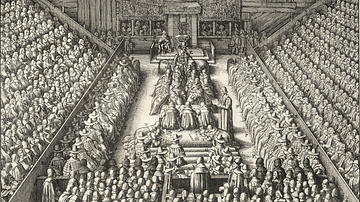
Image
Parliament's Trial of the Earl of Stafford
A 17th-century illustration showing the trial in Parliament of Thomas Wentworth, Earl of Stafford (1593-1641) in May 1641. Stafford was accused of plotting to raise an Irish army to invade England and support King Charles I of England (r...
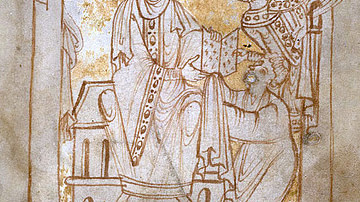
Image
Emma of Normandy
Emma of Normandy, illustration from the Encomium Emmae Reginae (The Encomium Of Queen Emma), MS 33241, c. 1050.
The British Library, London.
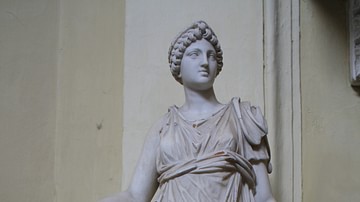
Article
Hygieia, the Goddess of Health
Modern medicine has its origin in the ancient world. The oldest civilizations used magic and herbs to cure their sick people, but they also used religion to free them from harm and to protect their health. The medical care of today has its...
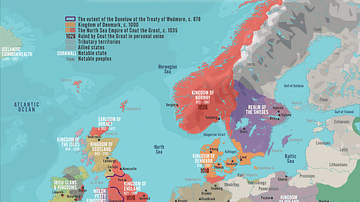
Article
The Danish Conquest of England
The Danish conquest of England was not a singular event, but a series of large Viking invasions of England between 1013 and 1016, which eventually overthrew the native English dynasty. As a result, four kings from the House of Denmark ruled...
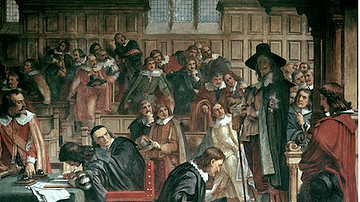
Definition
Grand Remonstrance
The Grand Remonstrance of 1641 was a list of grievances issued by Parliament against King Charles I of England (r. 1625-1649). It recorded what Parliament saw as the monarch's abuse of power, his illegal raising of taxes outside Parliament...
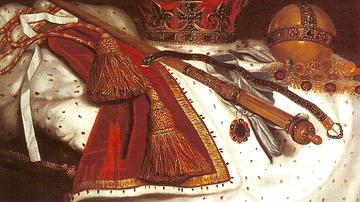
Article
Causes of the English Civil Wars
The English Civil Wars (1642-1651) were caused by a monumental clash of ideas between King Charles I of England (r. 1625-1649) and his parliament. Arguments over the powers of the monarchy, finances, questions of religious practices and toleration...
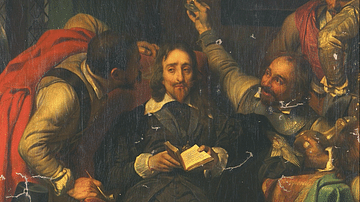
Definition
English Civil Wars
The English Civil Wars (1642-1651) witnessed a bitter conflict between Royalists ('Cavaliers') and Parliamentarians ('Roundheads'). The Royalists supported first King Charles I of England (r. 1625-1649) and then his son Charles II, while...
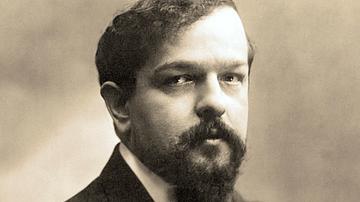
Definition
Claude Debussy
Claude Debussy (1862-1918) was a French composer most famous for his piano and orchestral music. Works like Clair de Lune have become piano standards while La Mer, with its unusual use of instruments and impressionistic use of waves of sounds...
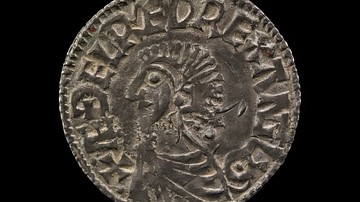
Definition
Aethelred the Unready
Aethelred II, also known as Aethelred the Unready, was king of the English from 978-1013 and 1014-1016. His long reign was initially stable, but Viking attacks on England escalated from the 990s onward. Viking incursions eventually grew so...